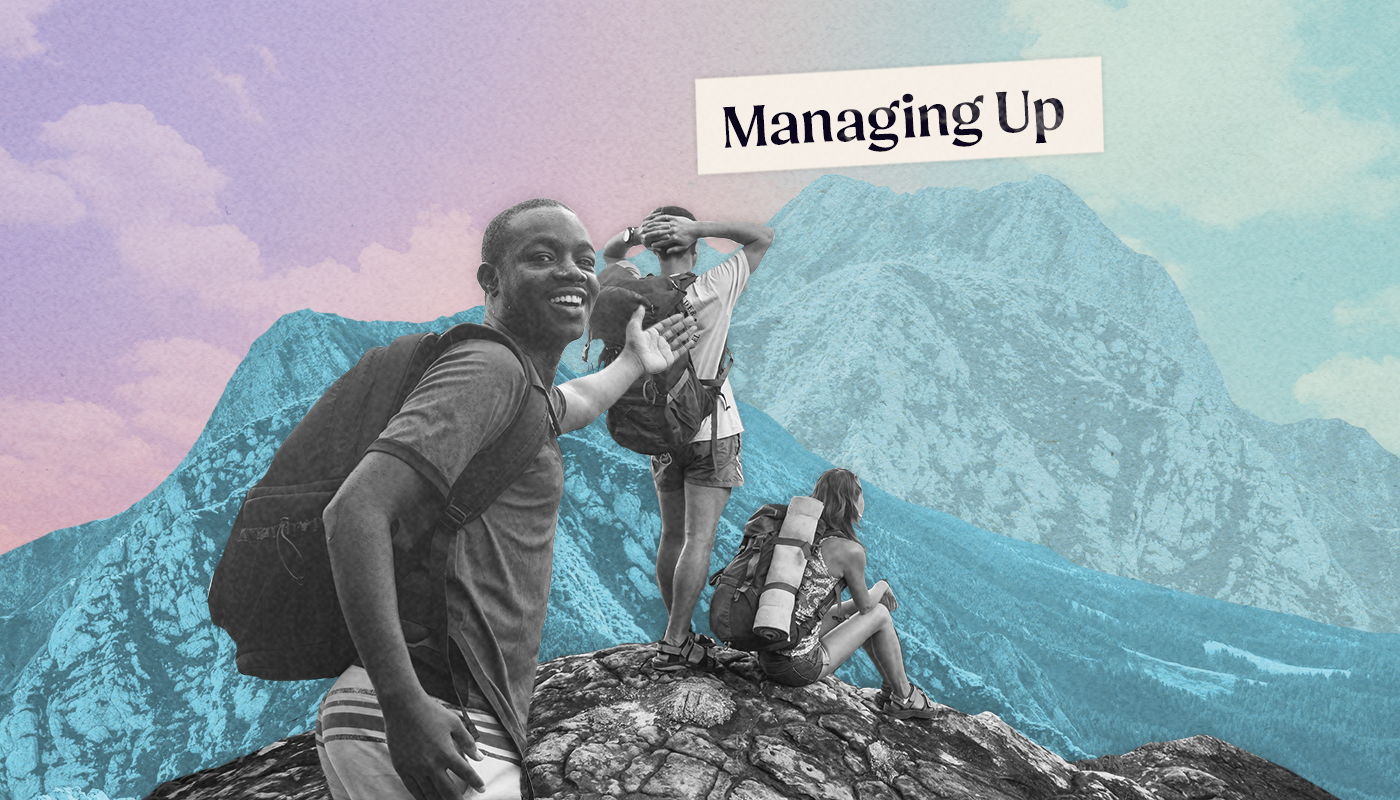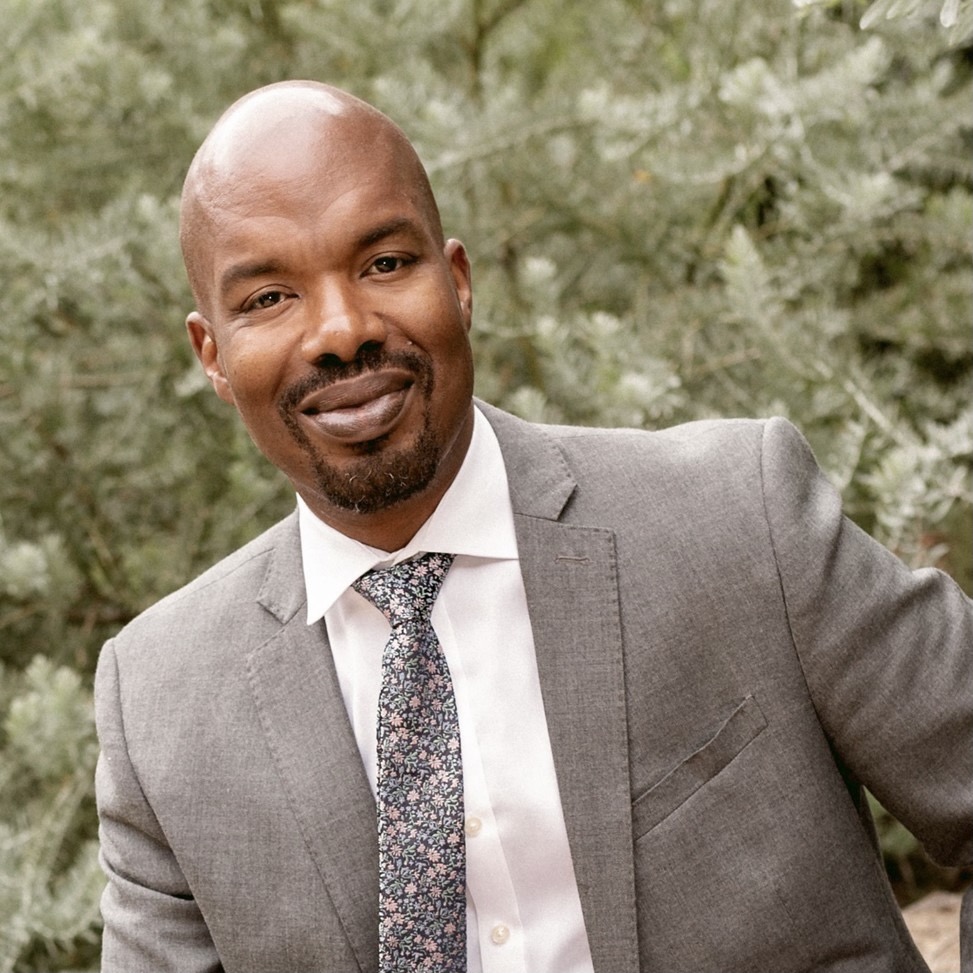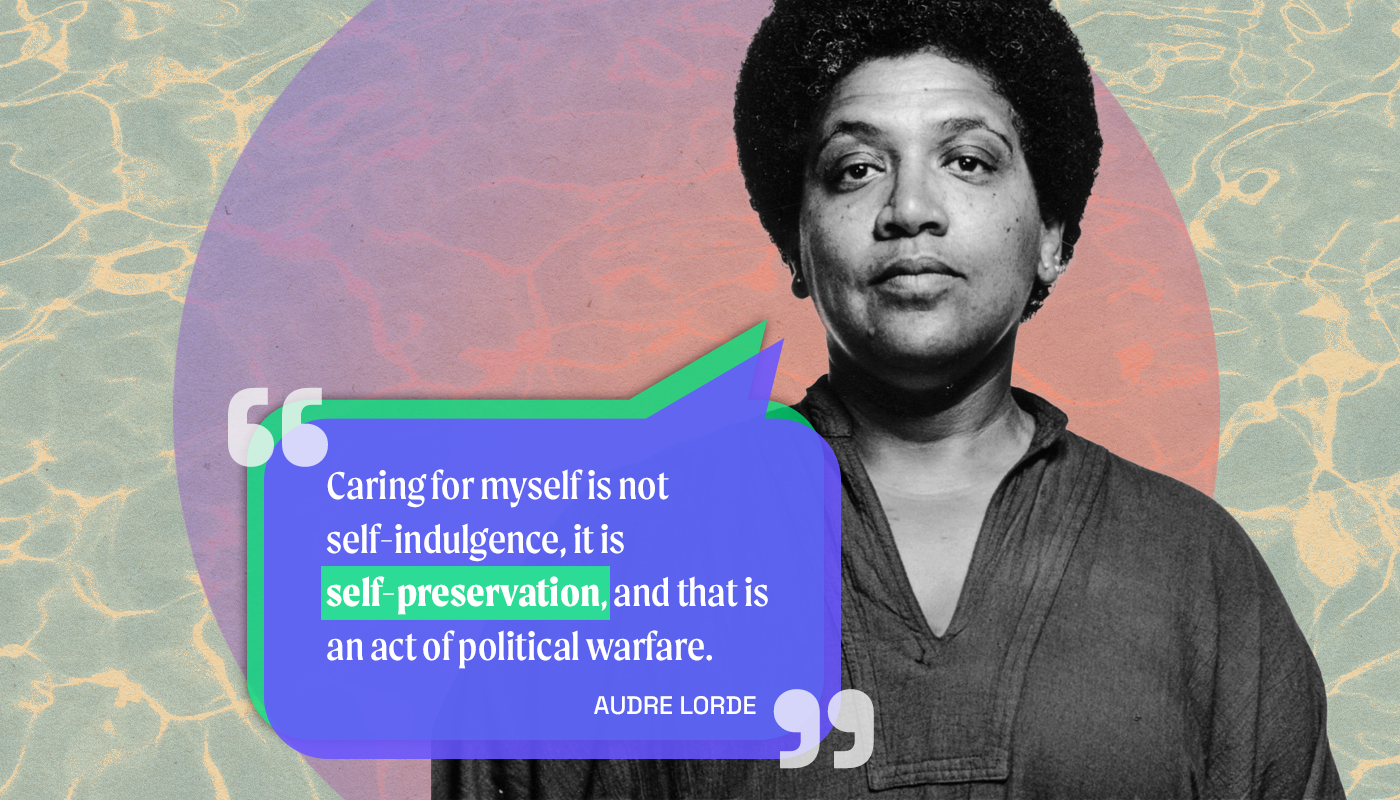Leading leaders to conscious inclusion
Managing up can help create a bi-directional culture of inclusion.

The world is seeing change in a manner and speed never seen before. The ongoing global pandemic and racial re-reckoning are all happening alongside advancing technological innovation and human lifespan expansion. Systems and settings are becoming less and less recognizable in this ‘new normal’. One significant change is the long overdue focus on diversity, equity, and inclusion (DEI) in the workplace. This work is wrought with emotion; it is unlike any other set of workplace skills we have ever been asked to gain competence in. When we factor in the different tools and experiences that people bring with them, the DEI workplace becomes exponentially more intricate.
In a world where young professionals arrive more prepared than ever, senior leaders are faced with the idea of mentorship by those they lead. It is critical that businesses move to ‘knowledge exchange models’ — like managing up — where employees and leaders learn from one another to increase overall success. “
Managing up
“Managing up is about using the traits of a good manager to help bring out the best” in all stakeholders while making everyone’s day-to-day more efficient and productive.
This concept might be one of the most important tools
![]() in advancing an organization’s capacity to optimize a culture of conscious inclusion.
in advancing an organization’s capacity to optimize a culture of conscious inclusion.
Today’s workforce hosts the most unique mix of cross-generational professionals in modern history. Boomers (born 1946-1964), are remaining in the workplace well beyond 65 as Millennials (1981-1996) are joined by early-career Centennials (1997-2012) in spaces often directly operated and managed by mid- to late-career Gen-Xers (1965-1980).
Centennials
Centennials is another word to describe Generation Z, or Gen Z.
Members of all these generations hold memories of unique developmental inflection points, each of which plays a key role in the evolution of their worldview. As a result, the junior employees at many organizations come with some DEI muscles that many senior-level staff never had the opportunity to build. Managing up opens the lane for this bi-directional coaching that can catalyze inclusive change across our corporate infrastructure.
Combined, people between the ages of 19 and 35 make up the largest global demographic currently walking the earth. Centennials and Millennials – at 4.4 billion people – make up almost 60% of the world’s population, account for $21 trillion in income (39% of the gross domestic income) and primarily live in emerging markets. Needless to say, business is paying attention to this cohort in their role as consumer, but their value in the role of contributor is often a dangerous missed opportunity.

Centennials and Millennials make up almost 60% of the world’s population and account for $21 trillion in income.
Young American professionals experienced development in a space where questioning the oppressive status quo was incentivized. Many were exposed to information and teachings hidden from earlier generations. They, through social media, broad internet access, and expanded social circles, were able to hear the voices and see the experiences of people they would never have. They were able to build empathy for experiences they never faced and articulate worldviews from a lens they never held. Do we have to wait for these individuals to ascend to the C-Suite for their experiences and resultant skills to support inclusive work communities? Do we continue to disincentivize the capacity they have to influence how people feel seen, heard, and valued? The short answer is an emphatic no.
Do we have to wait for these individuals to ascend to the C-Suite
![]() for their experiences and resultant skills to support inclusive work communities?
for their experiences and resultant skills to support inclusive work communities?
As we enter these highly cross-generational workspaces of our current climate, we must begin to adopt new models. The status quo is neither acceptable nor sustainable. Organizations must promote a culture where knowledge exchange guides practice and product. I am not encouraging you to create a flat organization where there is no hierarchy. I am, however, asking you to remove the patriarchy from the hierarchy.
I am not encouraging you to create a flat organization where there is no hierarchy.
![]() I am, however, asking you to remove the patriarchy from the hierarchy.
I am, however, asking you to remove the patriarchy from the hierarchy.
To ensure that our executive leaders are able to unlearn through deliberately thoughtful engagements with emerging leaders and junior team members. Here are some tips we can all use to innovate our work, enhance our productivity and most importantly, foster environments where we challenge one another to ensure that everyone feels seen, heard, and valued.
Practice Bravery!
For many, the risks of retaliation and isolation have created major roadblocks to voicing important equity and inclusion concerns. Change in this space requires acts of bravery from all leaders, especially those who might question the organization’s authentic dedication to change.
Take advantage of the moment!
Speaking out comes with risks, but a close observation of our current environment demonstrates that those risks are wrought with fewer retaliatory outcomes than ever before. Our workplaces – unlike any other time in history – are dedicating resources to improvement in this area and the world is watching.
Set the precedent!
Senior leaders must demonstrate their openness to this work by meeting voices of equity and inclusion with actionable and measurable plans. The bodies of evidence curated through this work supports everyone’s capacity to grow in this area.
Evolution is inevitable!
Many organizations will need to go through a sort of cultural reset to ensure that all areas are prepared for the work ahead. Everyone must take a 360-degree view to identify the organization’s cultural strengths, weaknesses, opportunities and threats.
Keep it Real!
All parties must understand that starting this work in your current system is usually inefficient, expensive, and inconvenient. Being realistic about implementation helps to build morale as teams move closer and closer to their inclusivity goals.![]()






